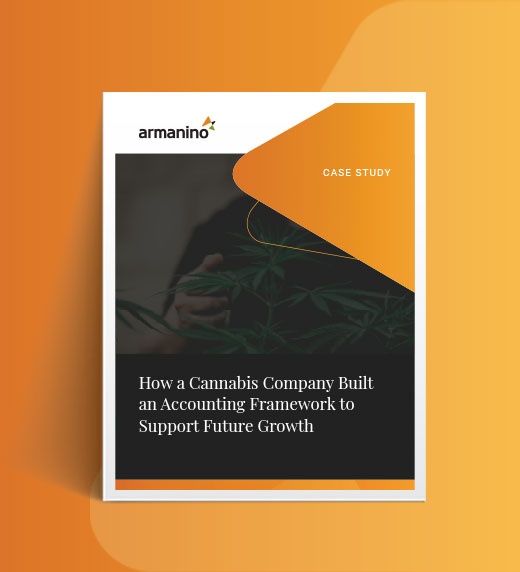

The cannabis industry is broad — cultivators align with agriculture companies, while dispensaries follow a retail business model — and many organizations operate in both spaces and others in between. This adds significant complexity to reporting processes and requirements.
From labor and inventory tracking to cash flow management, our strategic checklist helps you start designing a cannabis reporting strategy that can satisfy investors, improve compliance with changing regulations and help you plan for sustainable growth.
Keys to a Capable Financial Reporting Strategy and Program
Learn more about building the right reports for your cannabis organization by contacting Armanino’s cannabis industry experts.


